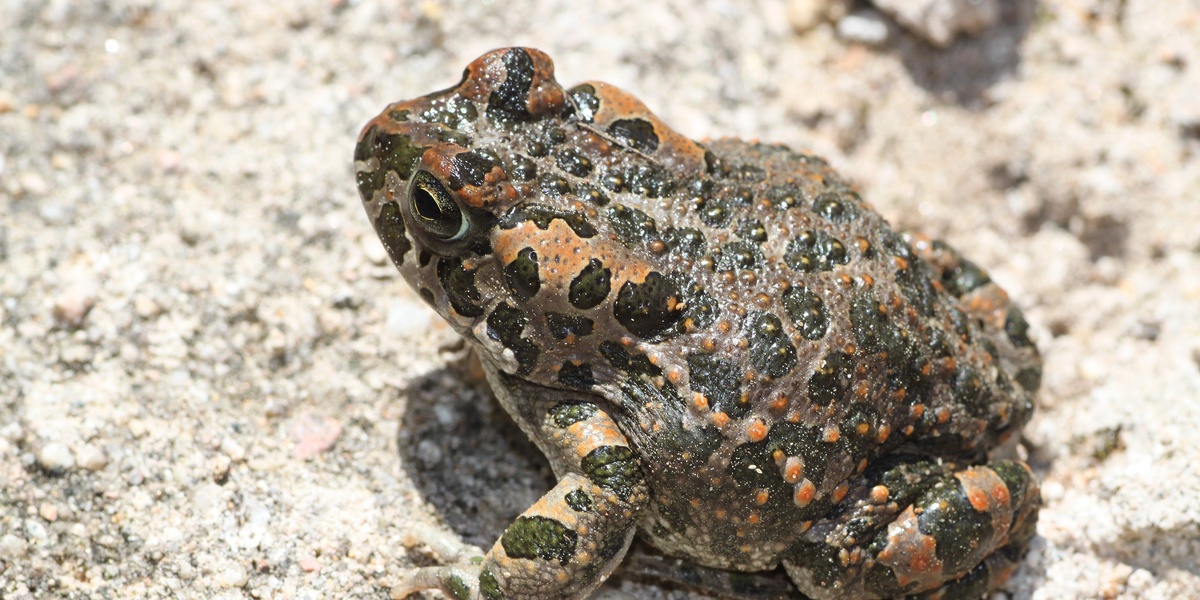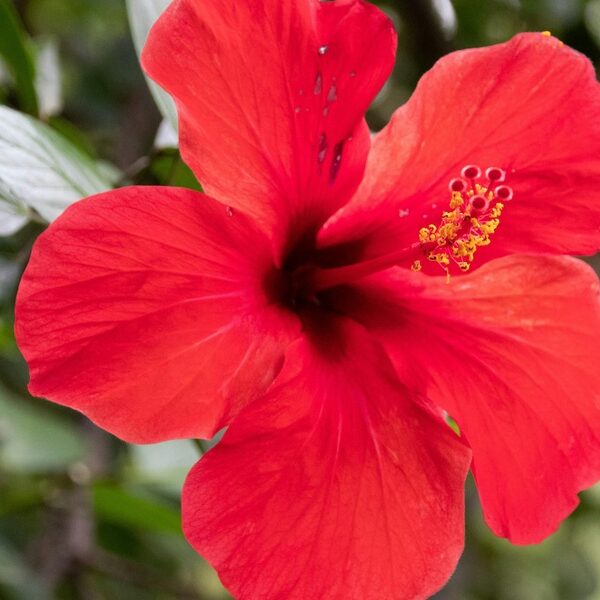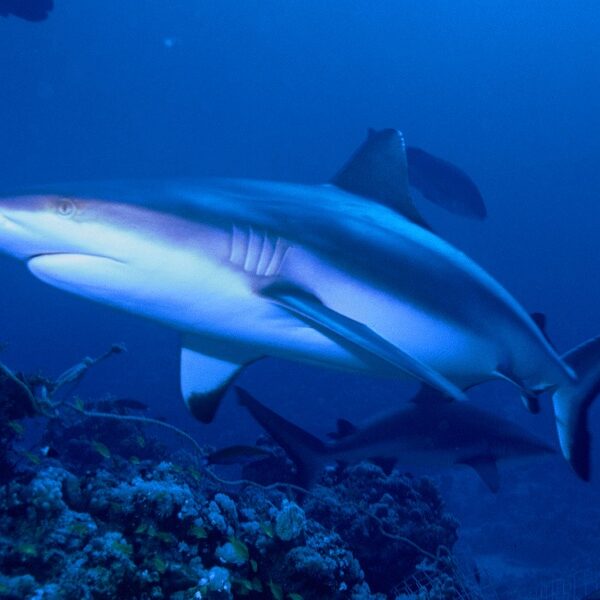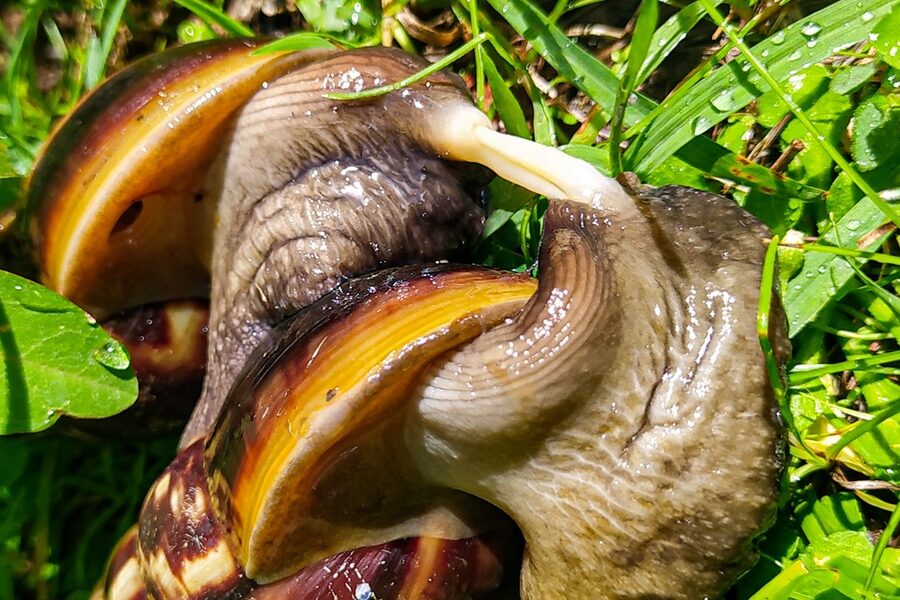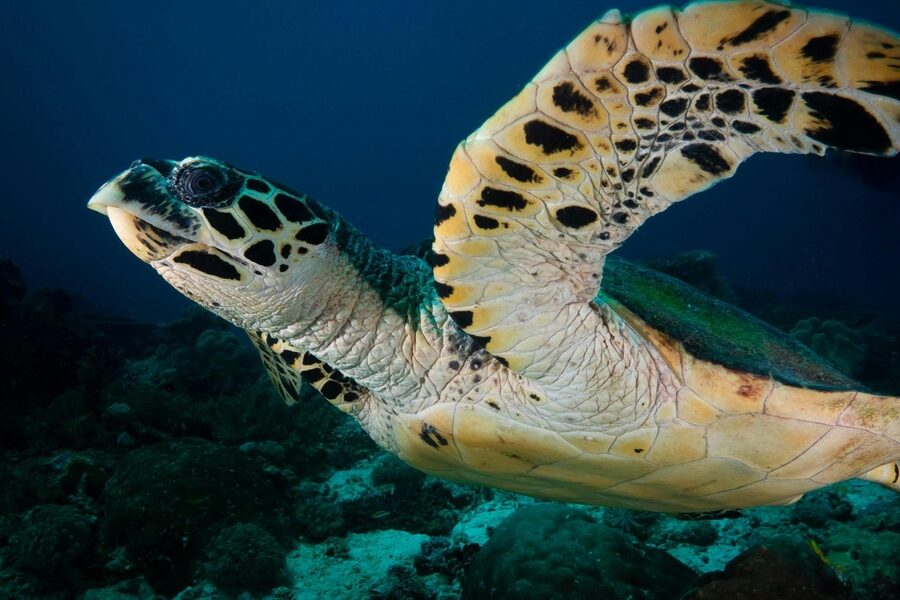Afghanistan’s landscapes — from irrigated valleys and spring-fed streams to arid plains and high mountain pockets — support a small but interesting set of amphibian species. Even in a country better known for its mountains and deserts, seasonal waterbodies and human-made canals create niches where frogs and toads persist, often going unnoticed between surveys.
There are 9 Amphibians of Afghanistan, ranging from the Indian Bullfrog to the Western Burrowing Frog. For each species you’ll find below the columns Scientific name,Range in Afghanistan,Habitat & elev. (m) so you can quickly compare distribution and preferred environments; see the list you’ll find below.
Where am I most likely to encounter amphibians in Afghanistan?
Most sightings come near permanent or seasonal water: rivers, marshes, ponds, irrigation channels and rain-fed pools after wet periods. Lowland wetlands and valley oases host more species, while some frogs (like burrowing types) appear in agricultural or semi-arid areas. Search at dusk or after rains and listen for calls to increase your chances.
Are Afghanistan’s amphibians at risk and how can I help?
Threats include habitat loss, water extraction, pollution and limited monitoring, so many populations are poorly known and sometimes listed as data deficient. You can help by reporting sightings with photos and locations to local researchers or biodiversity platforms, avoiding disturbance of breeding sites, and supporting habitat protection efforts.
Amphibians of Afghanistan
| Common name | Scientific name | Range in Afghanistan | Habitat & elev. (m) |
|---|---|---|---|
| Paghman Mountain Salamander | Paradactylodon mustersi | Paghman Mountains (Kabul) | Cold mountain streams; 2,380–3,750 |
| Iranian Earless Toad | Bufotes surdus | Herat, Farah, Helmand, Kandahar | Arid steppes, deserts, oases; 250–2,000 |
| Pseudoradde’s Toad | Bufotes pseudoraddei | Badakhshan, Takhar, Baghlan, Samangan, Parwan | Mountain valleys, grasslands, agricultural areas; 1,000–3,500 |
| Marbled Toad | Duttaphrynus stomaticus | Nangarhar, Kunar, Laghman | Irrigated fields, river valleys, ponds; 300–1,500 |
| Savigny’s Tree Frog | Hyla savignyi | Herat | Reed beds, vegetated ponds, riverbanks; 800–1,200 |
| Marsh Frog | Pelophylax ridibundus | Widespread in most provinces | Rivers, lakes, marshes, irrigation canals; 300–2,500 |
| Skittering Frog | Euphlyctis cyanophlyctis | Nangarhar, Helmand, Kandahar, Nimroz | Ponds, slow rivers, flooded fields; 250–1,000 |
| Indian Bullfrog | Hoplobatrachus tigerinus | Nangarhar, Kunar, Laghman | Freshwater wetlands, rice paddies, pools; 300–800 |
| Western Burrowing Frog | Sphaerotheca pashchima | Nangarhar, Kunar | Sandy soils, river floodplains, scrubland; 300–900 |
Images and Descriptions
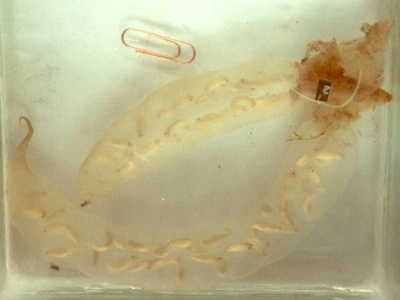
Paghman Mountain Salamander
A Critically Endangered species found only in a few streams near Kabul. This unique salamander is Afghanistan’s only caudate and is threatened by severe drought and water extraction for human use.
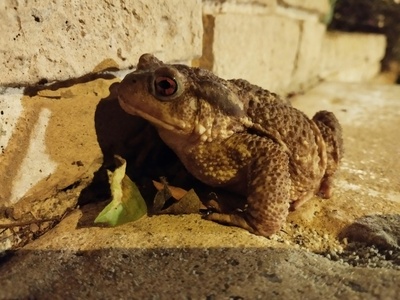
Iranian Earless Toad
Listed as Least Concern, this robust toad is notable for lacking a visible eardrum (tympanum). It is well-adapted to some of Afghanistan’s driest southern and western regions, often found near temporary water sources.
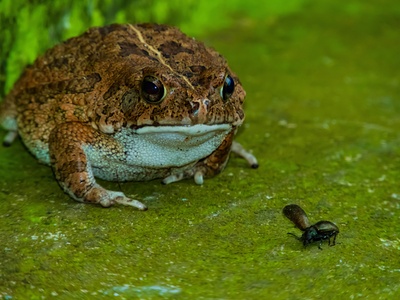
Pseudoradde’s Toad
A common, high-altitude green toad of northern Afghanistan, listed as Least Concern. Its warty skin contains glands that secrete toxins to deter predators in its montane habitat, and it is frequently found in agricultural landscapes.
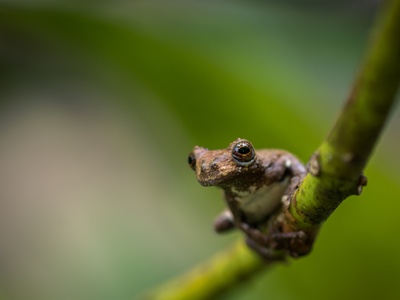
Marbled Toad
This common toad of eastern lowlands is listed as Least Concern. It is easily distinguished by the complete absence of bony cranial crests on its head, a feature present in many other toad species.
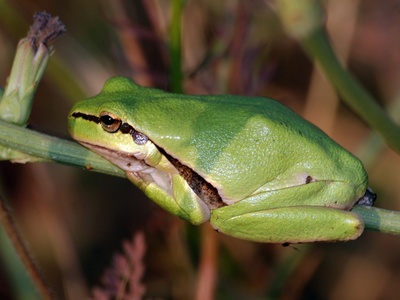
Savigny’s Tree Frog
A small, bright green frog found only in far western Afghanistan, listed as Least Concern. It has adhesive toe pads for climbing reeds and shrubs and is often heard calling from dense vegetation near water.
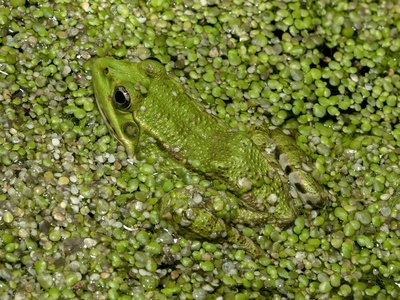
Marsh Frog
Afghanistan’s most widespread and adaptable frog, listed as Least Concern. This large, highly aquatic frog is a voracious predator, eating insects, other frogs, and even small birds or rodents that venture too close to the water.
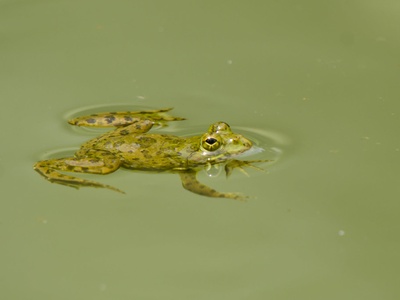
Skittering Frog
Named for its amazing habit of skittering across the water’s surface when disturbed, this frog is common in the south and east. It is listed as Least Concern and is almost entirely aquatic.
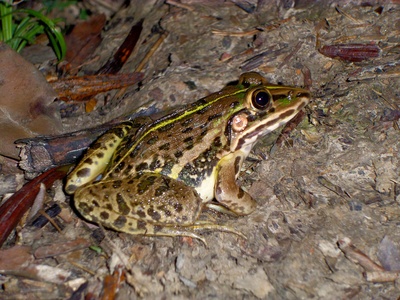
Indian Bullfrog
A very large, carnivorous frog found in eastern Afghanistan, listed as Least Concern. During the breeding season, males turn a spectacular bright yellow to attract females, a stark contrast to their usual olive-green color.
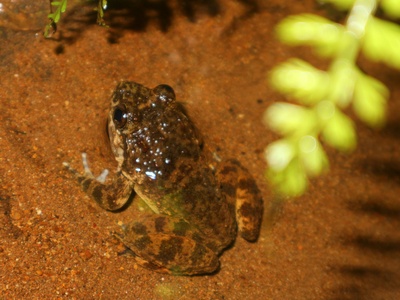
Western Burrowing Frog
A fossorial species from eastern Afghanistan with a stocky body and pointed snout for digging. Listed as Least Concern, it spends dry periods underground in a state of torpor, emerging to breed after heavy rains.
